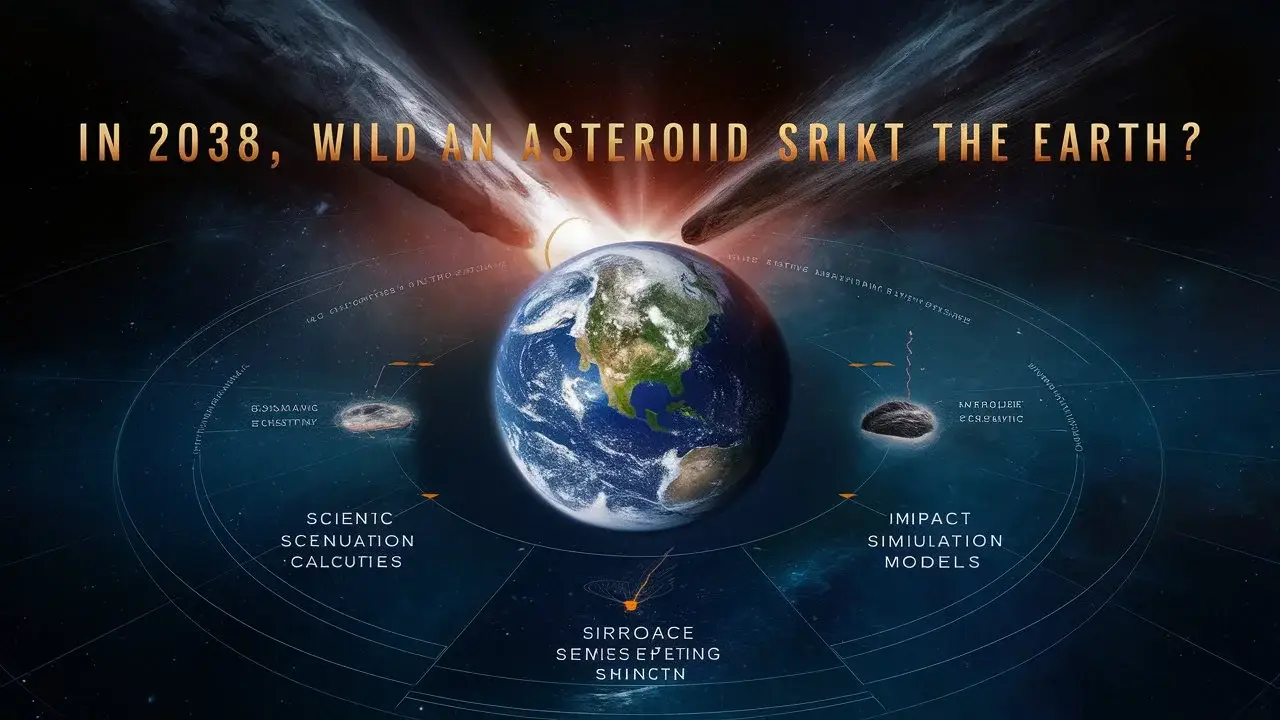Throughout history, humans have always been drawn to the dangers of asteroids. These dangers often cause both wonder and horror. Recent NASA research suggests a 72% possibility that an asteroid might hit Earth on July 12, 2038. This would be dangerous. This research raises big concerns about our readiness. It also raises concerns about how efforts are being made to reduce these dangers.
An Overview of Near-Earth Objects (NEOs)
These are celestial bodies that are close to Earth due to their orbits. Near-Earth Objects (NEOs) include comets and asteroids. Several kinds of NEOs are divided based on their orbits and distances from Earth. Some, like the Amor group, are interesting even if they don’t cross Earth’s orbit.
NASA’s Proposed Experiment
April saw NASA carry out its fifth experiment. The event was at the Johns Hopkins Applied Physics Laboratory. It was in Laurel, Maryland. There, a planetary defense interagency tabletop exercise took place. The main goal was to assess and improve agency collaboration. This was for the event of an asteroid impact. The experiment examined many scenarios. These included tracking, identifying, and reducing the threat of an incoming asteroid.
Asteroid KN1/2024.
The asteroid 2024 KN1 was one of the exercises’ main objectives. This celestial body is moving at a speed of roughly 16,500 kilometers per hour. It is roughly the size of an 88-foot airliner. It will come closest to Earth on June 23, 2024, at 11:39 PM IST. It is a member of the Amor group. Its track brings it close to Earth. This highlights the need for ongoing monitoring.
Possible Danger’s Impact
Based on NASA’s exercise, there is a 72% possibility that on July 12, 2038, 2024 KN1 will land on Earth. This risk is big. But, these drills have ready us for the worst cases. The likelihood is high. This underscores the need for strong planetary defenses and preparations.
The NEO Surveyor’s function.
NASA is creating the NEO Surveyor. It will ensure quick finding and control of such dangers. This telescope is innovative. Its main job is to find and track Near-Earth Objects. The NEO Surveyor has modern capabilities. These systems aim to give an early warning of potential asteroid impacts. This would give us time to plan and take measures to stop them.
NASA’s plans for planetary defense.
NASA tracks known near-Earth objects as part of their current planetary defense plans. They study potential impact scenarios and create ways to stop them. The DART mission aims to test whether crashing a spaceship into an asteroid can deflect it. It’s a key part of these strategies.
Historical Background of Impacts by Asteroids
Asteroid impacts can have disastrous effects, as history shows. Many scientists believe that the Chicxulub impact killed the dinosaurs. This happened 66 million years ago. It’s one of the most famous events. Smaller asteroids can cause great destruction. Recent impacts, such as the Tunguska incident in 1908, prove this.
Public View and Media Reaction
The public sees asteroids as fascinating and scary threats. Media coverage shapes public opinion. Sensationalized headlines inflate the threat, sparking fear. Accurate reporting can help. It raises awareness and promotes understanding of the real risks.
The Asteroid Approach for 2029.
Also, to 2024 KN1, scientists predict that Apophis will come close to Earth in 2029. Apophis is much bigger, with a diameter of almost 1,100 feet. Even if something won’t hit Earth. The asteroid’s near miss gives scientists a priceless chance. They scrutinize it, revealing secrets of these celestial objects.
Methods of Detection and Monitoring
NASA uses a range of methods to find and track asteroids. Radar systems, satellite observatories, and ground-based telescopes cooperate to check NEOs’ motions. Scientists can predict their paths. They can also test any impact concerns using advanced algorithms and data analysis.
Global Cooperation
The world is working to detect and defend against asteroids. International collaboration is necessary for exchanging information, materials, and skills. To respond to such threats, the European Space Agency (ESA) and others that work with NASA.
Getting ready for a possible effect.
Emergency plans are essential in the event of a possible asteroid impact. The plan covers evacuation, public safety, security, and cooperation with disaster response groups. To ensure that people know what to do if an impact is coming, we also need public awareness and education.
Planetary defense is in the future.
The future planetary defense will depend on the creation of new missions and technologies. We’ve only begun with projects like the DART mission and the NEO Surveyor. Technology and space exploration will get better. They will help us find, track, and stop asteroid threats.

